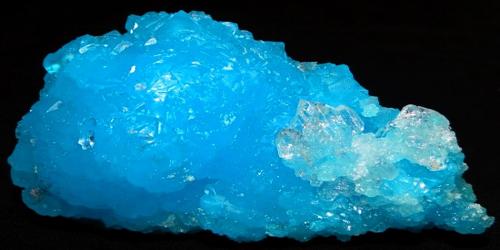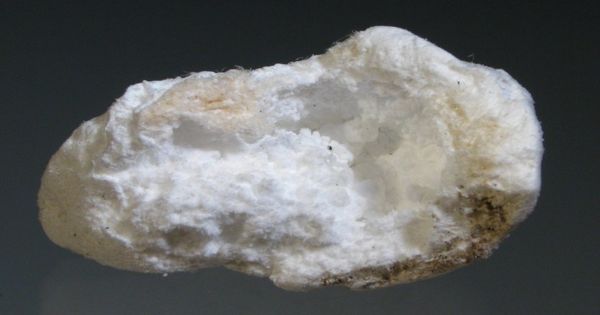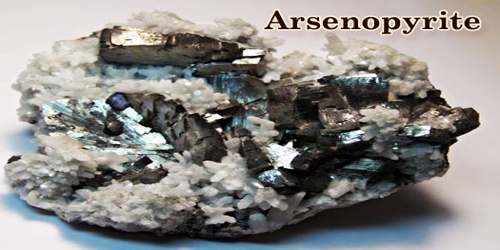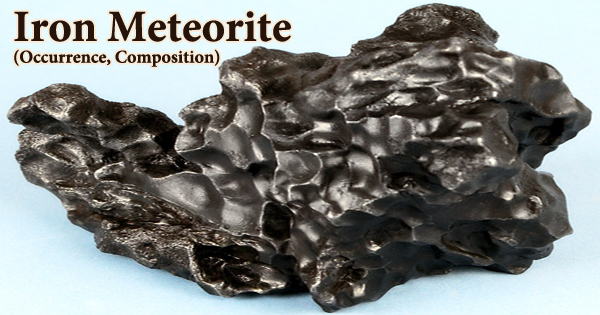Kröhnkite, [Formula- Na2Cu(SO4)2•2H2O] is a rare copper sulfate mineral. It is an uncommon mineral that is secondary to the oxidized zone of copper deposits, typically in very arid climates. It was named to honor B.Krohnke, who was the first to provide analysis on the mineral.
It was first discovered Chuquicamata Mine, located in the Antofagasta in Chile. It occurs in the oxidized zone of copper deposits in arid environments.
General
- Category: Sulfate mineral
- Formula: [Na2Cu(SO4)22H2O]
- Crystal system: Monoclinic
- Crystal class: Prismatic (2/m) (same H-M symbol)
- Color: Blue, dark sky blue, greenish blue, yellowish green.
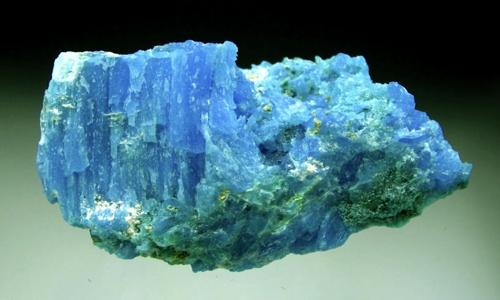
Fig: Kröhnkite
Properties
The color varies from sky-blue to pale blue or greenish blue, and it becomes green and opaque upon exposure. This mineral belongs to the roselite group. It is easily soluble in water.
- Crystal habit: Encrustations (on the matrix), fibrous, massive
- Twinning: Common, sometimes heart-shaped
- Cleavage: Perfect {010}, good (011), very imperfect {101}
- Fracture: Conchoidal
- Mohs scale hardness: 2.5 – 3.0
- Luster: Vitreous
- Streak: White
- Diaphaneity: Transparent
- Specific gravity: 2.92
- Optical properties: Biaxial (-)
- Birefringence: 0.057
The minerals sharing this composition are organized according to three crystal structure types, one being the unique kröhnkite structure which is often used to describe minerals exhibiting the same chain-like structure.
Crystallography
Kröhnkite exhibits the optical property birefringence; the difference in the two refractive indices of a mineral. Because this mineral is birefringent, it must be anisotropic. Anisotropic minerals cause the velocity of light to vary depending on the direction of travel through the mineral. Kröhnkite is biaxial negative, which reveals that the mineral has two optic axes.
Discovery and occurrence
Krohnkite occurs as an uncommon secondary mineral found in the oxidized zone of copper deposits, present in extremely arid climates.
Kröhnkite was first researched after an occurrence in the Chuquicamata Mine, Chile, and has been reported from a number of locations in the Atacama region. Associated minerals in the discovery location include atacamite, bloedite, chalcanthite, antlerite, and natrochalcite.
Distribution: In Chile, amply and in big crystals from Chuquicamata, at Quetena, west of Calama, and at Collahuasi, Antofagasta; from El Cobre de Mejillones and in the Incahuasi district, Atacama. In Wheel Hazard, St. Just, Cornwall, England. From the Recsk copper deposit, Mátra Mountains, Hungary. At Capo Calamita, Elba, Italy. From Broken Hill, New Southern Wales, Australia.
Information Source:
